- The Zhejiang-Jiangxi-Guangdong Grand Canal spans Zhejiang, Jiangxi and Guangdong provinces, with a length of about 1988 kilometers
- The purpose of the construction of the Zhejiang-Jiangxi-Guangdong Grand Canal is to connect the Yangtze River and the Pearl River, two major inland waterways in China

Industrious Chinese discovered long ago that they could use natural rivers for inland voyages to reduce the cost of transporting goods. The Beijing-Hangzhou Grand Canal is a super project built in ancient China, and China is still benefiting from it.
Now China plans to build a grand canal in the country, which is the Zhejiang-Jiangxi-Guangdong Grand Canal across the three provinces. This is a grand canal connecting the Yangtze and Pearl Rivers. The scale of the project is quite large, with a total length of thousands of kilometers. China is expected to invest 320 billion yuan in this project. So why did China disregard all the difficulties and build the Grand Canal? Some experts said that the completion of the Grand Canal will make a huge leap in China's inland shipping industry. After the Yangtze and Pearl Rivers are connected, the transportation of domestic products will be cheaper and more convenient, which will promote another leap in China's manufacturing industry.

According to the geography of China, there are now four inland shipping systems, namely the Haihe River in the north, the Yellow River in the middle, the Yangtze River in the south and the Pearl River in the south. Inland vessels that rely on natural rivers can greatly reduce the cost of urban trade between upstream and downstream rivers. However, because there is no natural communication between these four water systems, it is very troublesome for transport ships to transit between the two water systems, and they have to go through the estuary and bypass the sea to reach them, which will definitely increase the transportation cost. This problem has been recognized as early as ancient China. The famous Beijing-Hangzhou Grand Canal was built to connect the Yangtze River, Yellow River and Haihe River. Its construction provided important assistance to the development of ancient Chinese shipping industry.
However, the Beijing-Hangzhou Grand Canal did not connect the Pearl River with other water systems. Now the Pearl River Delta has become China's new economic engine. At this time, the lack of communication between the Pearl River and other water systems has become an obstacle to the development of the local inland shipping industry. The Grand Canal is a project designed to solve this problem. The project plans to start from the mouth of the Yangtze River near Hangzhou, transfer via Poyang Lake, and travel upstream from the many tributaries of the Yangtze River and artificially excavated channels, and finally along the The artificial canal enters a larger tributary of the Pearl River, and then goes all the way down to the mouth of the Pearl River. Although the total length of the Zhejiang-Jiangxi-Guangdong Grand Canal is longer than that of the Beijing-Hangzhou Grand Canal, because Chinese designers have fully considered the use of natural river channels, more than 70% of the waterway sections of the entire project are natural river channels, and only a few places need to be excavated. The 100-kilometer artificial river channel has greatly reduced the cost and consumption of the project, which is within the acceptable range of China. After the completion of this project, the vigorous development of the inland shipping industry will soon allow China to recover this part of the cost.
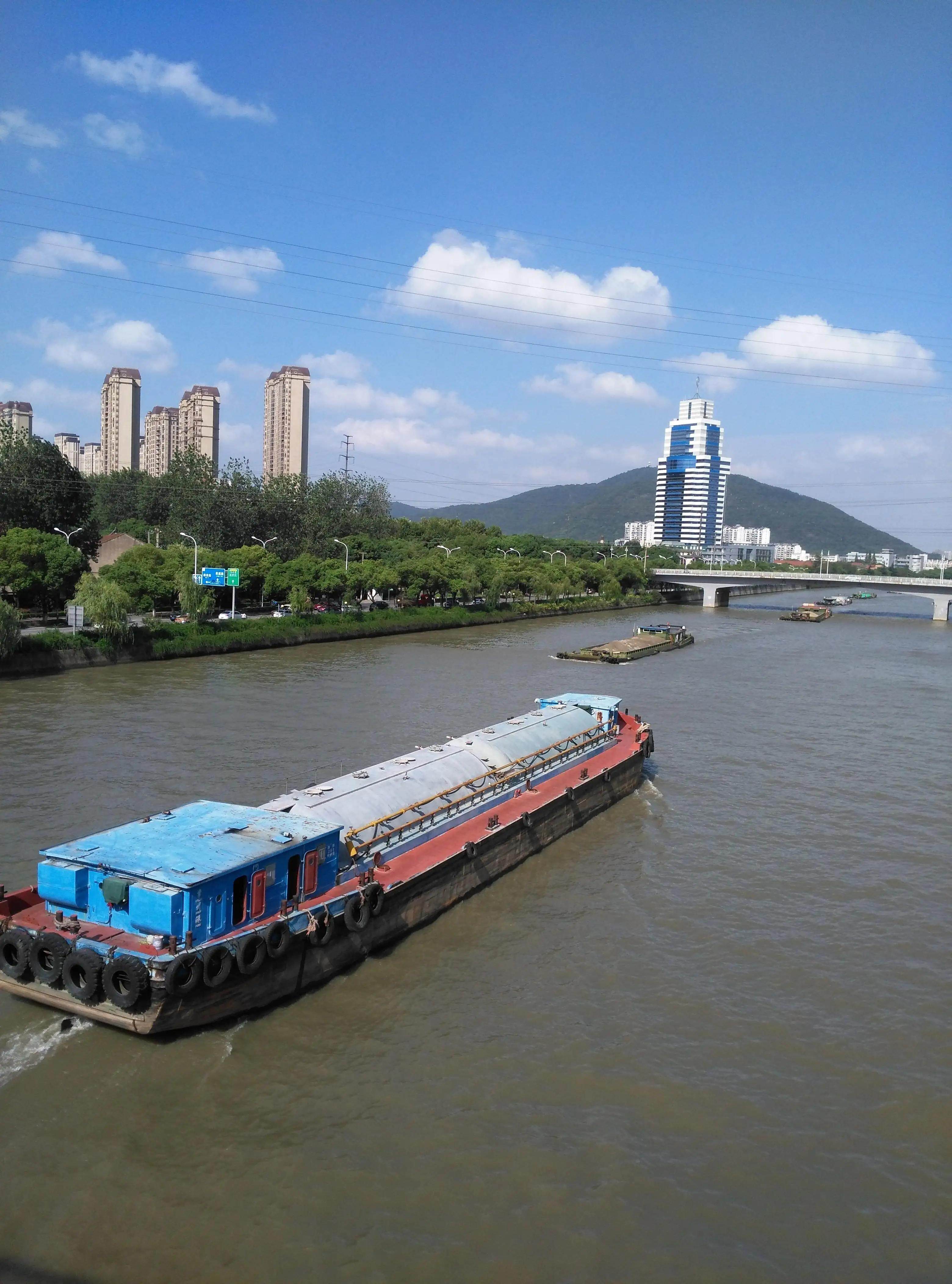
China's inland shipping industry is booming
The Zhejiang-Jiangxi-Guangdong Grand Canal is composed of the Jiangxi-Guangdong Canal and the Zhejiang-Jiangxi Canal, with a total length of about 1988 kilometers, 1168 kilometers in Jiangxi, accounting for about 60%. Among them, the planned total length of the Jiangxi-Guangdong Canal is about 1,228 kilometers, and the planned investment is estimated to be about 150 billion yuan; the planned total length of the Zhejiang-Jiangxi Canal is about 760 kilometers, and the planned investment is estimated to be about 170 billion yuan.
The Zhejiang-Jiangxi-Guangdong Grand Canal is a large-scale canal project spanning the three provinces of Zhejiang, Jiangxi and Guangdong. The purpose of the construction is to connect the Yangtze River and the Pearl River, two major inland waterways in China. Both the Yangtze River and the Pearl River have huge tributaries. The Yangtze River Delta and the Pearl River Delta are both economically developed regions in China. Therefore, the inland shipping of these two major rivers is also very developed. Every year, tens of thousands of ferries operate between these two water systems, transporting a large number of industrial products and raw materials. Across China, although China now has a huge railway network, they are still very important to China's transportation industry and can be regarded as the lifeblood of China's economy.
Some people may worry that China will consume a lot of resources to build this canal. In fact, we don’t have to worry about it at all. Although the scale will be larger than the Beijing-Hangzhou Grand Canal, China will not spend too much money on building this canal, because China carefully The route of this canal is planned, and it will make maximum use of the natural tributaries of the two great rivers, the Yangtze River and the Pearl River. Most of the mileage of the Grand Canal in Zhejiang, Jiangxi, and Guangdong will be built along the naturally formed river channels, and only a few routes need to be excavated. Artificial canals, construction of reservoirs and other artificial facilities, so although the scale is huge, its total investment cost is not high, and it is still within the affordable range of China.

Now the overall planning of the Zhejiang-Jiangxi-Guangdong Grand Canal has been completed. If all goes well, the first batch of projects will start construction in 2023. The entire Grand Canal is expected to take 15 years to complete. It will have a directly connected waterway, and inland ferries can directly use this waterway to travel between the two major rivers, which will greatly promote the development of China's inland shipping industry.
As a major water conservancy project, the previous construction of the Three Gorges Dam has directly made Wuhan the center of the central region and benefited the Yangtze River Basin. Thanks to Wuhan's positioning as a port city, it has also greatly promoted the local economic development of Wuhan. The importance has been greatly increased, and after the successful construction of the Zhejiang-Jiangxi-Guangdong Grand Canal, it is conceivable that a number of port cities will be born, and a major hub city will also emerge, and the hub location is likely to be in Nanchang.
Throughout the entire Zhejiang-Jiangxi-Guangdong Grand Canal system, whether it is the starting point in Hangzhou, the end point in Guangzhou, or the intermediate cities, the opening of the canal will have very positive significance, and its value will be no less than the Beijing-Hangzhou Grand Canal. , Although the excavation of this Grand Canal requires hundreds of billions of capital investment, as a major project that can benefit the eastern region, the return on investment it can bring will definitely far exceed the previous capital investment, so the excavation of this canal, have great significance.
Create and revitalize the golden waterway of the millennium
Jiangxi is known as the seven-province thoroughfare, the five-headed Chuwei, and the Moon Lake and Fujian Pavilion. It has a developed water system, abundant water resources, and a long history of water transportation. Sailing ships, ships, cargo ships, passenger ships, official ships, and life rafts are all commonly used water transportation tools. Before the Ming and Qing dynasties, the Qianfan waterway extended in all directions, and the competition continued. For thousands of years, the water transportation of Jiangxi and Poyang has promoted the prosperity of ancient Jiangxi's economy and culture.
After thousands of years of vicissitudes, inland water transportation has gradually given way to maritime transportation. With the development of railways and other factors, the busy water transportation in Jiangxi and Poyang areas began to decline. Water transportation connects the river to the sea and connects the world. Water transportation has always been an important driving force for the development of the national economy, and its status is becoming more and more important. Therefore, the revival of Jiangxi's millennium golden waterway is an important goal of Jiangxi's modern water transport development.

The Zhejiang-Guangdong Canal Project is also known as the Century Water Transport Project. The opening of the Zhejiang-Guangdong Canal can greatly improve the unreasonable traffic structure in Jiangxi Province, give full play to the role of water transportation channels, greatly reduce the cost of exporting goods for enterprises in Jiangxi, and promote the development of an open economy in Jiangxi Province. At the same time, it can better attract enterprises from Zhejiang, Guangdong and other places to invest and enter Jiangxi through "water transportation and drainage".
"Through the Zhejiang-Jiangxi-Guangdong Canal, the economic development around the Grand Canal can be promoted, including a series of developments such as real estate, trade and other industrial layouts, and the tourism value on both sides of the canal can be enhanced. Along the tourism development of Zhejiang, Jiangxi and Guangdong, whether it is red Tourism or green eco-tourism will have great changes." Ma Zhihui believes that while promoting the development of water transportation, canal tourism can also be expected.
Inland water transportation has many advantages, such as large volume, low risk and low energy consumption. "After the completion of the Zhejiang-Ganxi-Guangdong Grand Canal, it will connect the Zhejiang-Jiangxi-Guangdong waterway through land transportation, connect Jiujiang, Nanchang, and Ganzhou airports, open up the Beijing-Kowloon Railway, the Shanghai-Kunming Railway and the overall waterway, greatly reducing logistics costs. At the same time, the logistics industry has promoted the The development of the overall port trade has enabled the rapid development of Jiangxi's open economy.
In addition, it will also promote the construction of an inland open economic pilot zone in Jiangxi, promote the connection between Jiangxi and the Guangdong-Hong Kong-Macao Greater Bay Area, help the regions along the route to better develop markets, undertake industrial transfer in coastal areas, and effectively drive the Jinggangshan and Gannan plains. Old revolutionary base areas such as the Soviet Union, and economically underdeveloped areas such as western Zhejiang and northern Guangdong have attracted more domestic and foreign tourists to travel and consume along the canal.
The airway is open, the water transport is prosperous. Water transport is an integral part of modern logistics systems. The Zhejiang-Jiangxi-Guangdong Grand Canal will effectively connect China's most developed inland shipping system, the Yellow River, the Yangtze River and the Pearl River. It is of great significance to support the rise of the central region and accelerate the construction of a new development pattern with domestic large circulation as the main body and domestic and international dual circulation promoting each other. Therefore, Shi Ke suggested that the construction of the Zhejiang-Jiangxi-Guangdong Grand Canal should be taken into consideration as a whole, and the millennium golden waterway of Jiangxi and Po should be revitalized!Editor/Zhao E
Comment
 Praise
Praise
 Collect
Collect
 Comment
Comment
 Search
Search


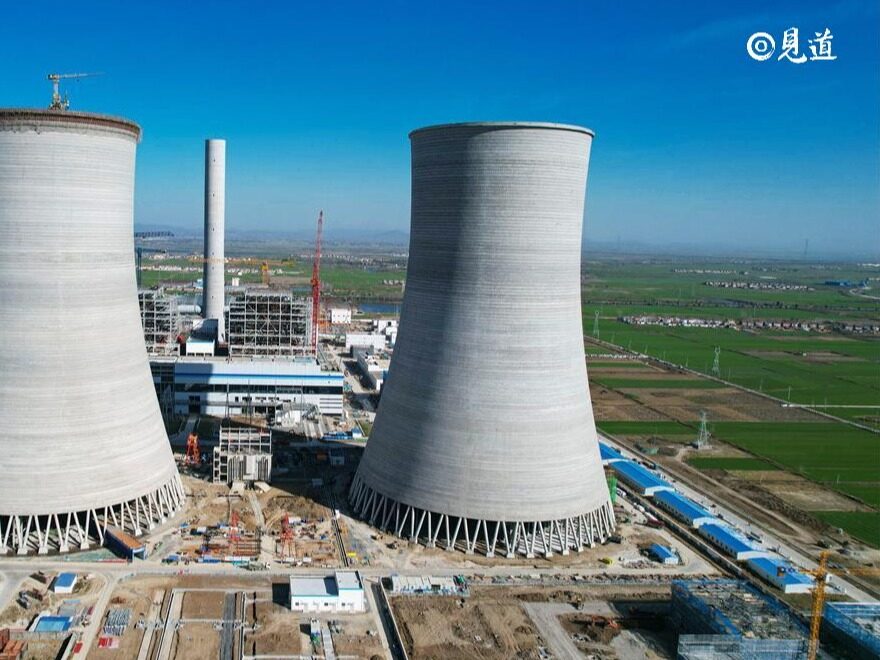
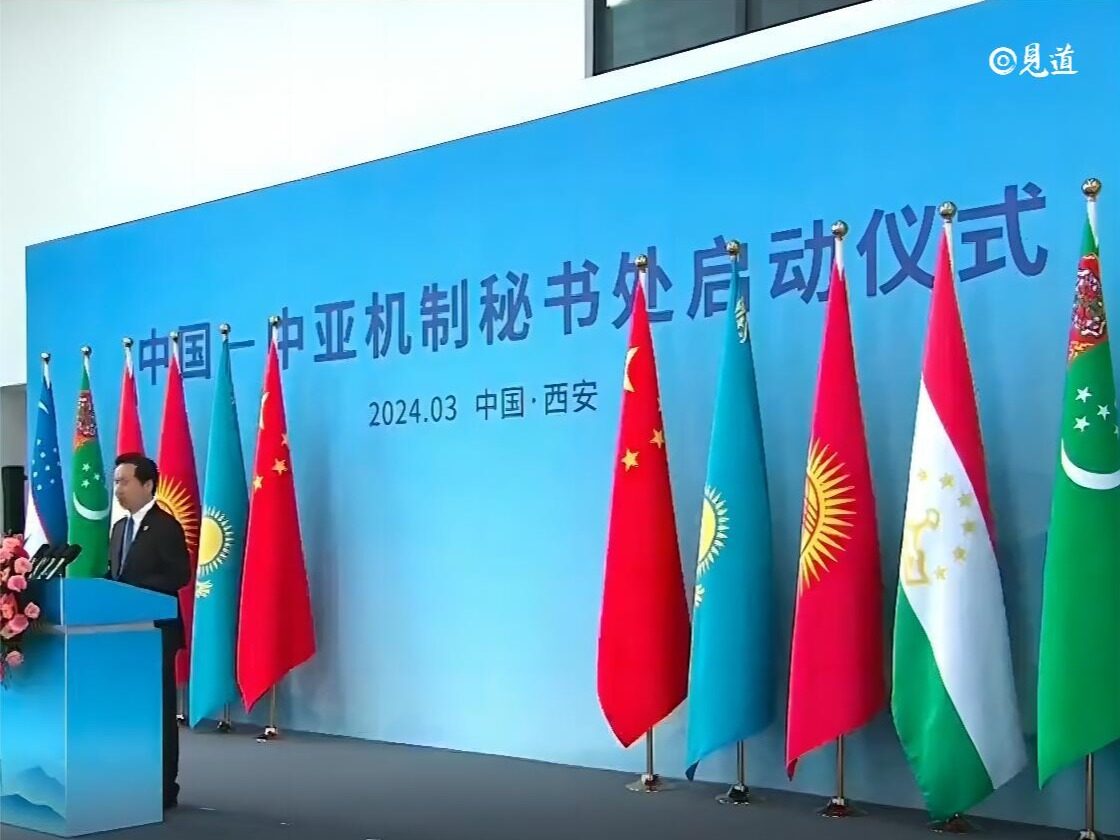
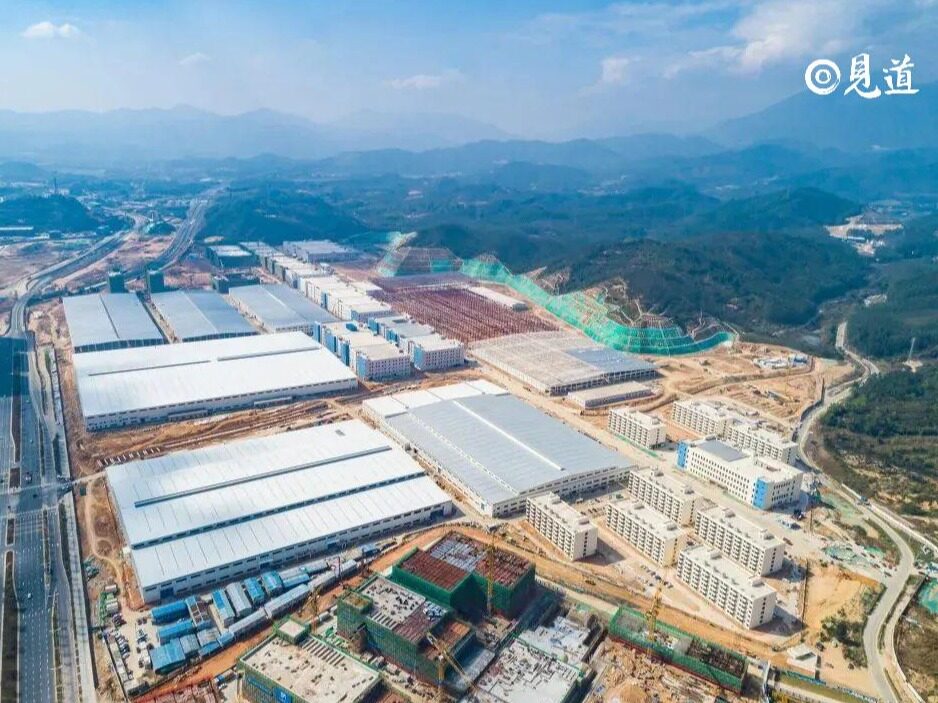

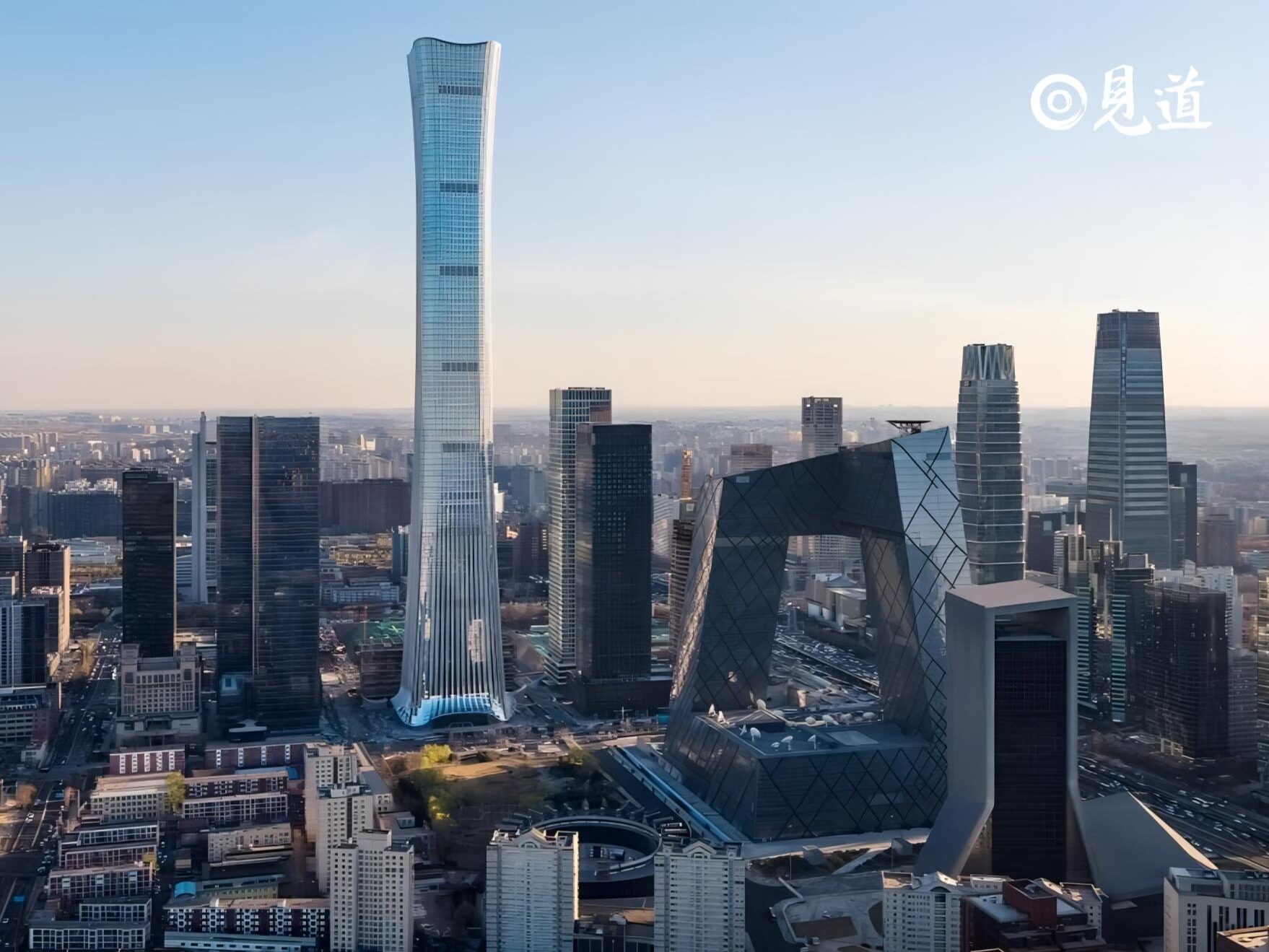
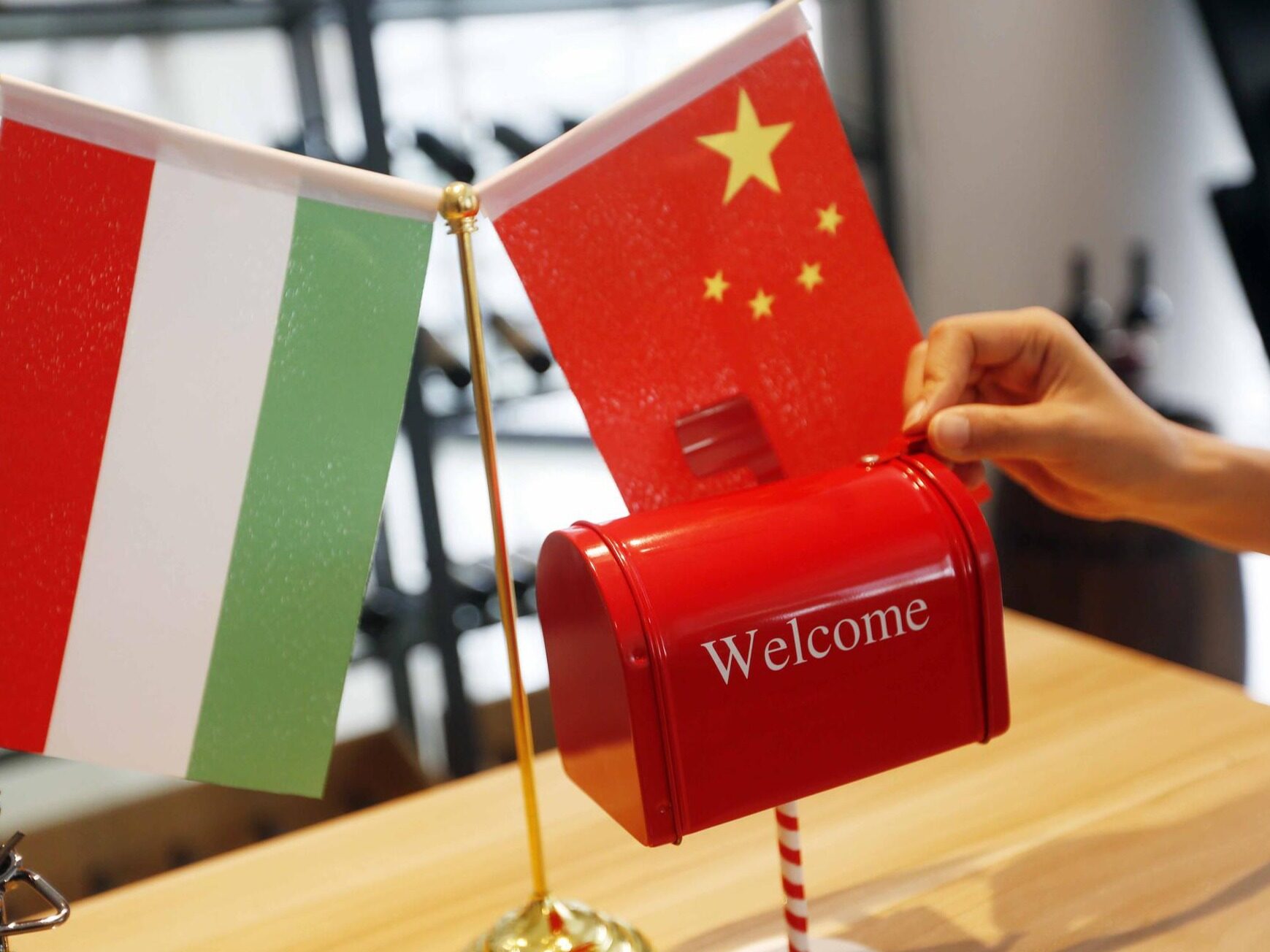






Write something~